What is a Flood Elevation Certificate and Why Do I Need One?
June 12, 2018Are You Prepared For Hurricane Season?
August 1, 2018
Standard insurance policies exclude coverage for underground property including pipes and other service lines, such as utility, phone and internet wiring. However, the homeowner may be surprised to learn that damage to these lines is their responsibility. The cost to dig up and repair service lines can be significant – in some cases $15,000. Helping clients understand the exposures created by underground service lines, and ways to provide coverage for potential losses, is another value added service of the professional insurance agent.
Repair of the damaged pipe or wiring is usually just a small part of the entire cost. Excavation of the site, removal and replacement of the landscaping and outdoor features such as walkways can be very expensive. Depending on the location, the cost for service line repair can range from $2,600 to over $10,000 (slwablog.com.) Factors impacting cost include type of equipment, location, accessibility and condition of the pipe or service line. For example, if the connection to the main line is under the street, the cost to access it will increase, as the street will need to be excavated.
As our infrastructure ages, water main breaks are becoming more and more common due to corrosion. It is estimated that each day there are 850 water main breaks in North America, with corrosion costing $50.7 billion per year. Since January 2000, there have been over $5.6 million water main breaks, resulting in over $729 billion in repair costs (www.watermainbreakclock.com). Service line coverage is offered by a variety of companies, from traditional property and casualty insurers to companies that work with utility and communication companies. It is important to read the conditions of the policy carefully, as some may be very limited as to what items they cover. For example, a policy from a utility company may only cover the utility lines, and not the water, sewer, gas or communications lines. Coverage varies, but usually applies to breaks or damage to the piping or wiring. This could include damage done while digging, freezing, penetration by tree roots, or normal wear and tear. An advantage to getting the coverage through a homeowners’ policy rather than a utility is that coverage may be available for all types of service lines, rather than just those of a particular utility company. Another advantage is that with some of the utility-connected companies, the homeowner is limited to the company’s service technicians and contractors. In addition, the service line coverage may only cover the fresh water pipes going to the house, and not the waste water leaving the house.
Optional coverages that may be offered may include expediting expenses, temporary repairs and loss of income. Expediting expenses reduces the time needed to complete the repairs. Temporary repairs may enable the homeowner to continue to live in the home until repairs are made. Loss of income coverage is needed if the homeowner is losing rental income due to the loss. New York City residents who are customers of NY Department of Environmental Protection may be eligible for sewer and water line coverage. The coverage has no deductible, includes unlimited protection for covered repairs, and is billed as part of the water/sewer bill. On average, a water line break in New York City costs $3,000-5,000, while a sewer line break may run $10,000 – 15,000. This coverage would not extend to utility or telecommunications lines.
Dealing with damage to underground water, sewer and utility service lines and pipes can be a messy and costly process. Helping clients understand the risks and how to protect their interests is another sign of the true insurance professional.
This article originally published in the Insurance Advocate. Credit: MSO and Sue C. Quimby, CPCU, AU, CIC, CPIW, DAE.

 Get a Quote
Get a Quote